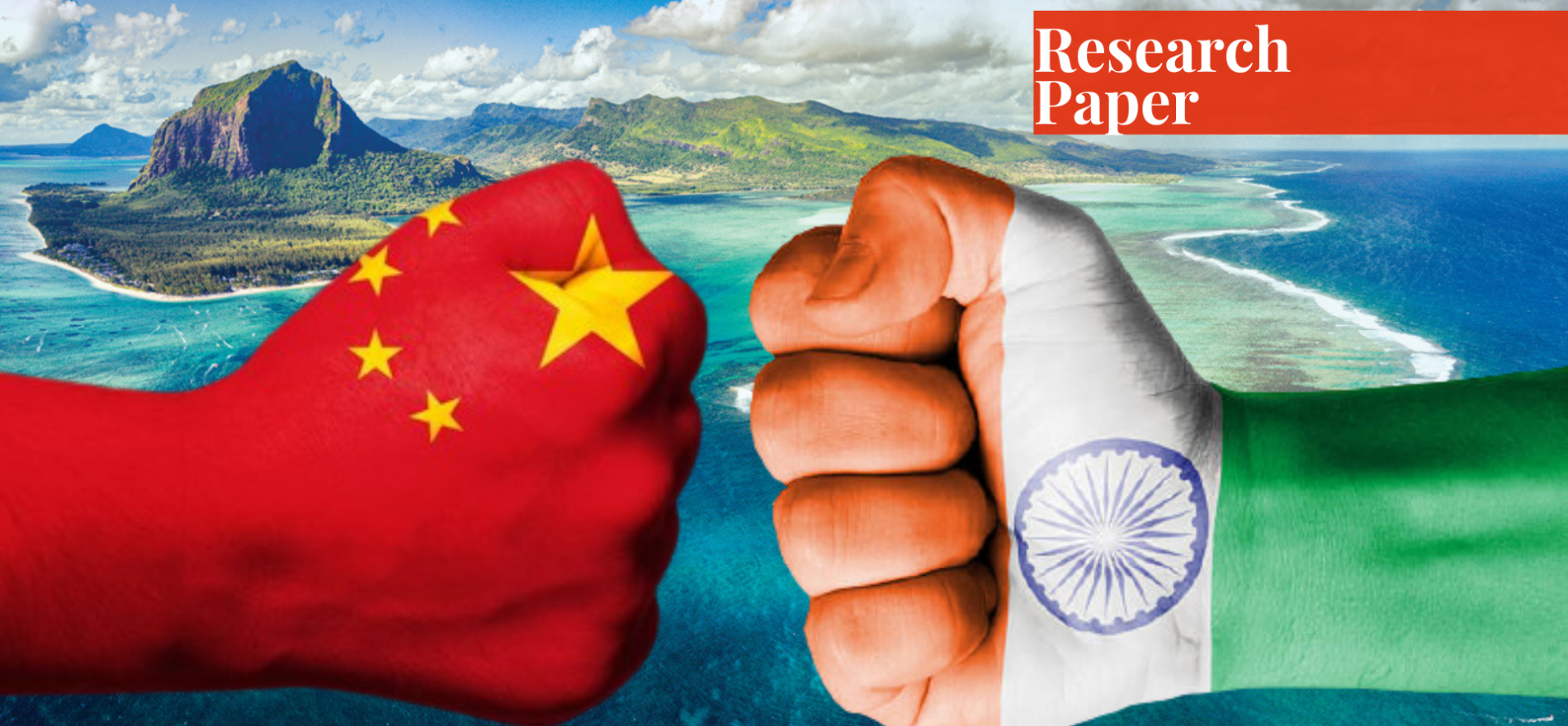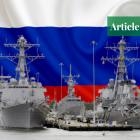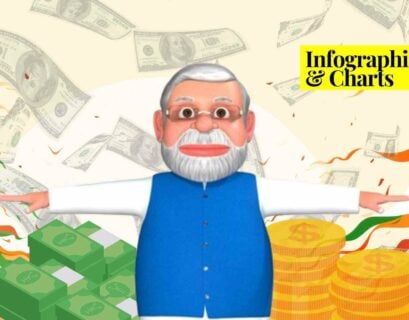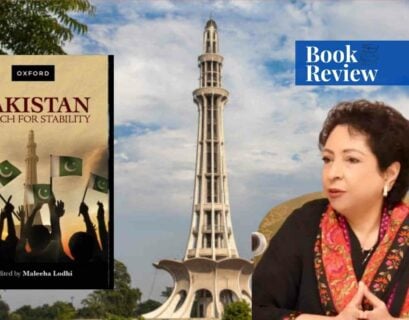Ms. Tehreem has completed her Bachelor's in International Relations from Bahauddin Zakriya University, Multan.
The Indian Ocean has been the center of the regional powers’ activities and policies to maintain influence, specifically China and India. Sugata Bose summed up the history of the Indian Ocean by the following words: “a symbol of universal humanity”.1 The Indian Ocean has witnessed the voyages of Persians, Arabs, Portuguese, and English traders. The bout between India and China is harmful to the heavily nuclearized region. Washington must maintain the balance of power in this great game of major powers.
The Indian Ocean is an epicenter of trade and commerce; it lies between Africa to the west, Australia to the east, Asia to the north, and Antarctica to the south, covering an area of about 73.6 million sq km with a 66,526 km coastline.2 Indian Ocean is the third largest water body after the Pacific Ocean and the Atlantic Ocean. It includes the Arabian Sea, Persian Gulf, Bay of Bengal, Red Sea, Great Australian Bight, Gulf of Oman, the Mozambique channel, the Malacca Strait.
It contains valuable natural resources like oil, natural gas, placer deposits, polymetallic nodules, fish, and shrimps. The Indian Ocean climatic conditions comprise of the Northeast Monsoon and Southwest Monsoon with tropical cyclones. The region has substantial strategic significance. Nhava Sheva port in Mumbai, Qasim port in Karachi, Gawadar port in Balochistan, and Salalah in Oman are important ports of the Arabian Sea. The Islands like Masirah in Oman, Lakshadweep of India, and Socotra of Yemen.
The three choke points which are very significant for trade and economy of the world lies in the Indian Ocean are the Strait of Hormuz, which joins the Gulf of Oman and the Persian Gulf; Bab el Mandab, which joins the Red Sea and the Gulf of Aden; and the Gulf of Suez adjacent to the Gulf of Aqaba is connected to the Suez canal. All the chokepoints provide the shortest route to Europe.
Ports like Chennai, Visakhapatnam, and Kolkata in India and Chittagong in Bangladesh are significant in the Indian Ocean’s Bay of Bengal. Andaman and Nicobar islands of India lie near the Andaman Sea and Coco Islands of Myanmar. The Great Nicobar island of India lies near the Strait of Malacca which is very significant for China.
The border dispute between India and China has been contested since the 19th century. British India proposed many resolutions for the border issues in Aksai Chin like the Argad-Johnson line, Mccartney-Mcdonald line, dispute over the border issue of Arunachal Pradesh that China claims the whole of. India and China waged war in 1962 and many border skirmishes in Nathu La, Cho La, and in Dokhlam plateau eventuated in the year 2017.
According to Robert D. Kaplan, China is expanding vertically in the region for more influence. Chinese actions are evident and future actions can be predicted through policies since the inception of Communist China. The policies, however, have changed from Mao’s regime; during his reign, China had the following policy objectives: sovereignty, the reunification of ‘Lost Territory’, modernization, and defense of China’s borders.
However, ever since China became a potential superpower in terms of economy, military, and technology, it has changed its policy objectives to consolidate national defense, resist foreign aggression, safeguard state sovereignty, maritime rights and interests, and maintain national unity and security. It is precisely under the maritime policy that it seeks to secure its interests and imports in the Indian Ocean.
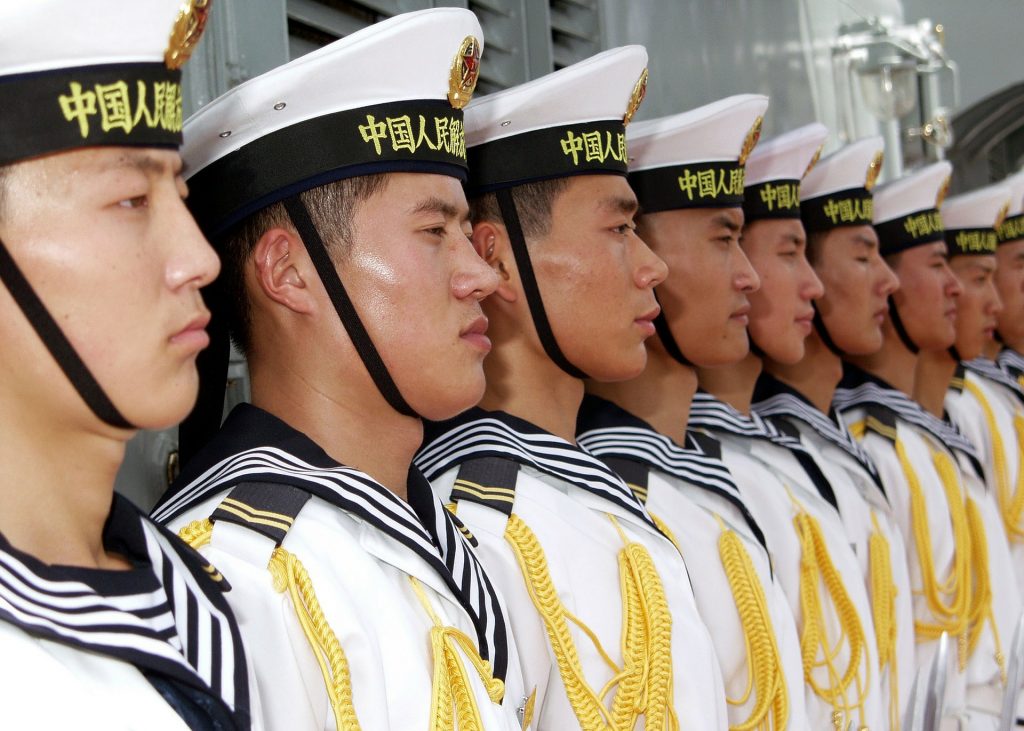
At the Conference on Economic Work of the Communist Party of China (CPC), former Chinese President Hu Jintao concluded that the Malacca Strait was the country’s Achilles Heel.3 The said strait is governed by Singapore, the Philippines, and Indonesia. In 2009, China became the world’s third-largest oil importer; 60 percent of Chinese vessels cross the Malacca Strait, carrying crude oil and natural gas from the energy-rich Middle East to the major importer of energy, that is, the Southeast Asian nations.
China’s Belt and Road Initiative is a huge project which will place the larger communication network and busy transportation lanes in the sea as well as on land, similar to that of an old silk route of Chinese dynasties. China is building navy fleets in the Indian Ocean to secure its imports, exports, and constant trade with the rest of the world. China’s maritime security and military buildup shows the importance of the Indian Ocean to China.
India is a potential regional power in South Asia and the Indian Ocean region with its massive economy and military resources. “New Delhi regards the Indian Ocean as its backyard and deems it both natural and desirable that India function as, eventually, the leader and the predominant influence in this region – the world’s only region and ocean named after a single state. This is what the US set out to do in North America and the Western hemisphere at an early stage in America’s “rise to power”.4
Robert Kaplan believes that India is expanding horizontally, since it wishes to control land borders along Pakistan (Kashmir), Nepal (Kalipani), and China (Aksai Chin, Arunachal Pardesh); it is that firm hold that will allow India to invest heavily and hence gain control of the Indian Ocean. An Indian strategist states that “whoever controls the Indian Ocean dominates Asia. In the 21st century, the destiny of the world will be decided on its waters”.5
India’s “Look-East” policy shows its policy objectives with respect to the southeast Asian countries, resolving to become a member of the ASEAN in order to tackle China in the regional power competition. The security relationship with ASEAN member states near chokepoints such as Bab el Mandab, Strait of Hormuz, Strait of Lombok, Sunda, and Malacca would be very significant to halt the ever-increasing influence of China.
“Control of the chokepoints could be useful as a bargaining chip in the international power game, where the currency of military over remains stark reality”.6 The key actors, or littoral states are Pakistan, Bangladesh, Sri Lanka, Iran, Myanmar, Indonesia, Malaysia, Singapore, Oman, Yemen, Djibouti, and Australia; these states present important ports that would benefit China and India. China has cemented its relationships with its allies by investing in several projects.
It has assisted Pakistan with its naval buildup, as Pakistan can challenge India and provide China with an alternative route for trade. Moreover, China has invested in Bangladesh (Chittagong port), Sri Lanka (Hambantota), Iran, and Myanmar (Kyaukyu). India closely follows the ‘the enemy of my enemy is my friend’ proverb, and hence has formed alliances with Japan and America to counter Chinese influence in the region. It has also invested in Iran’s Chabhar port as a counteraction to CPEC’s investment in Gwadar port. India has been investing in and increasing diplomatic relations with Madagascar.
China is planning to build six aircraft carriers to India’s three in the coming decades. India, on the other hand, has access to the France base at Djibouti; it has also made an alliance with Indonesia and has built a base on the mouth of the Strait of Malacca. Furthermore, India has obtained access to both Singapore’s Changi port and the Omani port near the Strait of Hormuz.
In this game of power, there are triangular powers that are competing with each other in world affairs. This tripartite comprises China, India, and the United States. India and America have forged an alliance to secure the status quo and maintain the security of American interests in Africa, the Middle East, and Afghanistan from Chinese influence.
In 2005, the Bush administration made a strategic partnership with India to counter India’s sphere of influence. Thereafter, India and the United States signed an arms deal of $8.2 billion as well as a nuclear deal in 2008; it seems that India is effectively using this region as a bargaining chip. Since 30% of the European Union’s trade is with Asian countries, it is also skeptical of Chinese actions in the region and inclined towards India.
Both China and India face other challenges like terrorism and nuclear tension; piracy is another major issue mainly active in the Strait of Malacca. The sectarian conflict between Iran and KSA threatens to disrupt the peaceful flow of trade and imports from the Middle East. The main challenge for India is its economy in the face of Covid-19; China, however, seems to remain afloat even in the midst of the pandemic. China’s steady power and influence could be attributed to its debt policy.
The Indian Ocean region was important even before the discovery of the oil and gas in the Middle East, but after the discovery of oil and gas, technological advancements to extract minerals from the sea beds, industrialization, and shift in world powers after WW2, this region has become more substantial to the world powers.
Endnotes
1 Robert D. Kaplan, Monsoon: The Indian Ocean and the Future of American Power (Random House Trade Paperbacks, 2011).
2 “Indian Ocean Geography,” Ocean Planet, accessed June 10, 2020, https://seawifs.gsfc.nasa.gov/OCEAN_PLANET/HTML/oceanography_geography_Indian.html.
3 Jiacheng Li, “Developing China’s Indian Ocean Strategy: Rationale and Prospects,” China Quarterly of International Strategic Studies 3, no. 4 (2017): 481-497, accessed June 4, 2020, https://www.worldscientific.com/doi/abs/10.1142/S2377740017500270#:~:text=Its%20strategic%20goals%20should%20include,and%20interests%20in%20the%20region.
4 Donald L. Berlin, “India in the Indian Ocean,” Naval War College Review 59, no. 2 (2006): 60, accessed December 4, 2020, https://digital-commons.usnwc.edu/cgi/viewcontent.cgi?article=2107&context=nwc-review.
5 David Brewster, “An Indian Sphere of Influence in the Indian Ocean?” Security Challenges 6, no. 3 (2010): 1-20, accessed December 4, 2020, https://www.jstor.org/stable/26459796.
6 Ministry of Defence (Navy), “Indian Maritime Doctrine,” accessed June 10, 2020, https://www.indiannavy.nic.in/sites/default/files/Indian-Maritime-Doctrine-2009-Updated-12Feb16.pdf.
Bibliography
- Berlin, Donald L. “India in the Indian Ocean,” Naval War College Review 59, no. 2 (2006): 58-89. Accessed October 4, 2020. https://digital-commons.usnwc.edu/cgi/viewcontent.cgi?article=2107&context=nwc-review.
- Brewster, David. “An Indian Sphere of Influence in the Indian Ocean?” Security Challenges 6, no. 3 (2010): 1-20. Accessed October 4, 2020. https://www.jstor.org/stable/26459796.
- “Indian Ocean Geography.” Ocean Planet. Accessed June 10, 2020. https://seawifs.gsfc.nasa.gov/OCEAN_PLANET/HTML/oceanography_geography_Indian.html.
- Ministry of Defence (Navy). “Indian Maritime Doctrine.” Accessed June 10, 2020. https://www.indiannavy.nic.in/sites/default/files/Indian-Maritime-Doctrine-2009-Updated-12Feb16.pdf.
- Kaplan, Robert D. Monsoon: The Indian Ocean and the Future of American Power. Random House Trade Paperbacks, 2011.
- Li, Jiacheng. “Developing China’s Indian Ocean Strategy: Rationale and Prospects.” China Quarterly of International Strategic Studies 3, no. 4 (2017): 481-497. Accessed June 4, 2020. https://www.worldscientific.com/doi/abs/10.1142/S2377740017500270#:~:text=Its%20strategic%20goals%20should%20include,and%20interests%20in%20the%20region.
If you want to submit your articles and/or research papers, please check the Submissions page.
The views and opinions expressed in this article/paper are the author’s own and do not necessarily reflect the editorial position of Paradigm Shift.
